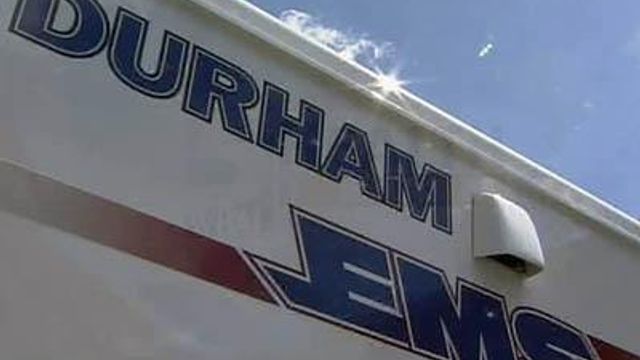Triangle hospitals beat heart attack response time national average
Durham County Emergency Medical Services (EMS) and Duke University Hospital are models for an American Heart Association campaign called Mission: Lifeline. It aims to improve medical response for heart attacks.
Posted — UpdatedDurham County Emergency Medical Services (EMS) and Duke University Hospital are models for an American Heart Association campaign called Mission: Lifeline. It aims to improve medical response for heart attacks.
The facilities earned the recognition because of a special system that enhances their response time.
Duke, for example, leads a statewide study called Reperfusion of Acute Myocardial Infarction in Carolina Emergency Departments (RACE). It works by beating the 90-minute national-standard average for getting a heart attack patient into catheterization to clear heart blockage.
“We have been able to reduce that time from door to treatment time down to 54 minutes on average,” said Brandon Mitchell, with Durham County EMS.
Durham paramedics take and interpret EKG data in the field, and that saves time.
“With this, what we're looking at are the different leads [data from sensors attached to the patient], that point to different leads, that point to different parts of the heart," paramedic Mike Gilmore said.
The data can help indicate whether the person has had a heart attack. Paramedics then call a special hotline and transmit the data to Duke cardiologists.
“That medic's acting as an extension of that cardiologist in the field making that interpretation,” Mitchell said.
The confirmed diagnosis sets the heart catheterization lab staff into action before the ambulance arrives. It saves at least 20 minutes.
EMT workers are also trained to give heart medications to prevent further damage to the heart. It requires more training and trust between EMS and Duke cardiologists than ever before.
“And to convince the hospital, the emergency department and the cardiologist, (and) the cath lab to respond – they trust the paramedics. (It) has been a huge mind shift,” said Dr. James Jollis, Duke cardiologist.
Heart patients can also save more time at the hospital by always bringing personal identification, bottles of current prescription medications and a personal medical history.
• Credits
Copyright 2024 by Capitol Broadcasting Company. All rights reserved. This material may not be published, broadcast, rewritten or redistributed.





